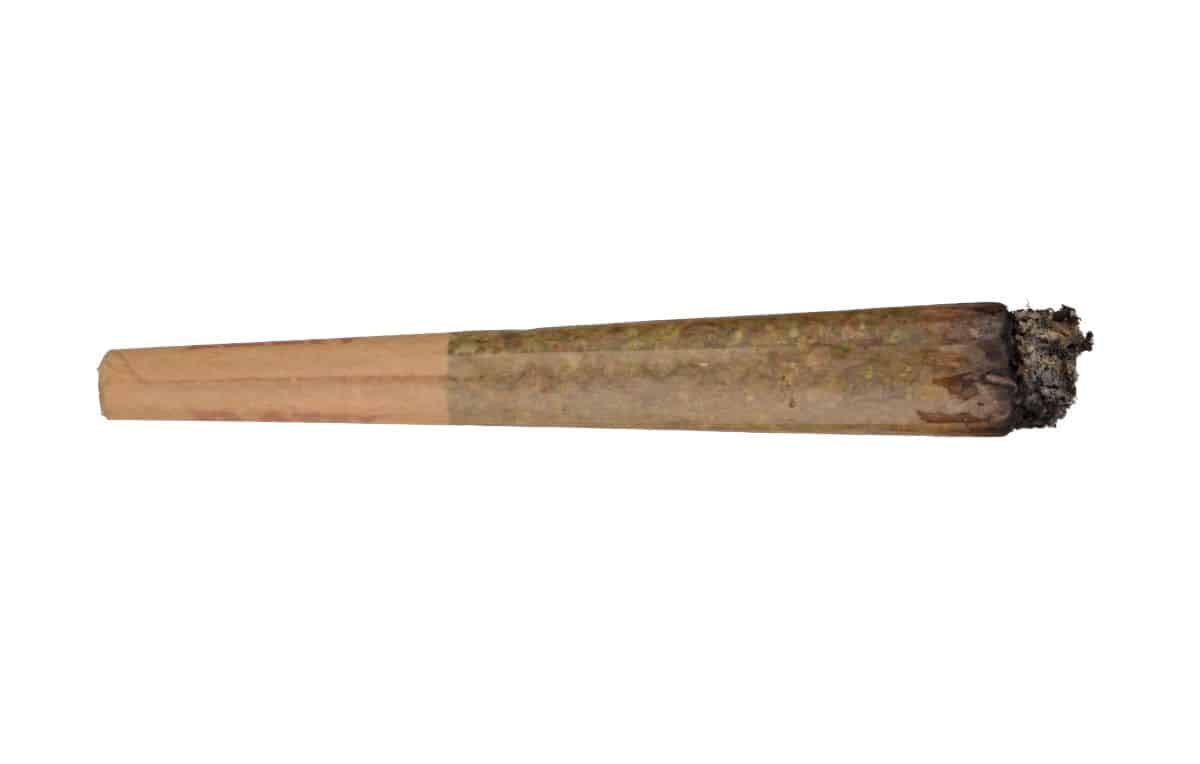The term joint is the name of the cigarette used to smoke marijuana. “They’re smoking a joint”, we’re sure you’ve heard this phrase before. It is identified both due to its smell and shape.
A joint is made up of different components. In general, it is made from rolling paper and filters, just like rolled tobacco cigarettes.
The key difference that identifies it as a joint is that it contains cannabis, (almost always) prepared with a grinder that can be mixed with tobacco or not, as well as other ingredients.
Types of joints
Joints differ based on how they are prepared and, on occasions, the ingredients they contain.
These are the most common types of joints:
- Cross Joint: a real classic, made using King Size paper with a tip and a second standard paper rolled without a tip, which will be the horizontal part of the cross.
- Braided Joint: this is a spectacular sight, but requires hard work, as it is made by braiding three joints.
- Cone Joint: this is a cone shaped joint (quite self-explanatory), and is made by pressing the tip in further and adding more weed or tobacco in the other end.
- Sherlock Holmes Joint: this is for the real experts; it uses two King Size papers for the bowl and another one for the shaft of the pipe.
- Double Wide Joint: this is a joint with two tips together in one smoking paper.
- Triple Wide Joint: this is the same as the double wide joint, but with three tips.
- BHO: this is a standard joint (or any other type) with the outer layer coated with a drop of Butane Hash Oil.
- Mariachi Joint: it has nothing to do with Mexico, but rather its name comes from the combination of “Maria” and “Hashish” as it is a joint that contains both of these ingredients.
- Arrow Joint: this is made from one King Size and two standard papers, joined as a triangle with another paper.
Joint effects
The effects of a joint can be short, medium and long-term. It all depends on the ingredients and the smoker, their smoking experience, and other conditions (temperature, if they have eaten or not, etc.).
We can also differentiate the effects of a joint based on which of our systems or behaviors is affected.
- Cognitive system: a joint can alter a person’s perception, information processing and their problem solving capacity.
- Psychological behavior: this can vary from a state of euphoria and happiness to sedation, anxiety, and even panic and hallucinations (due to intoxication).

